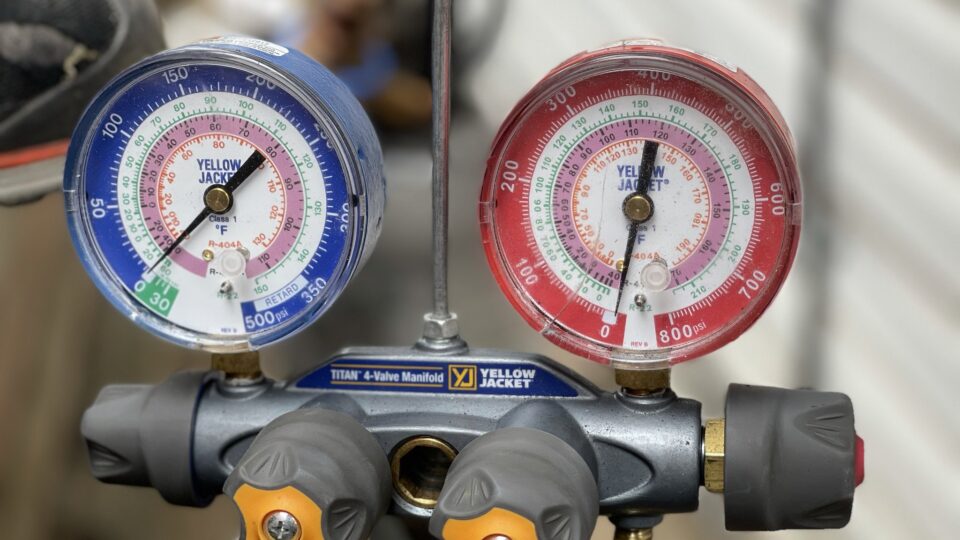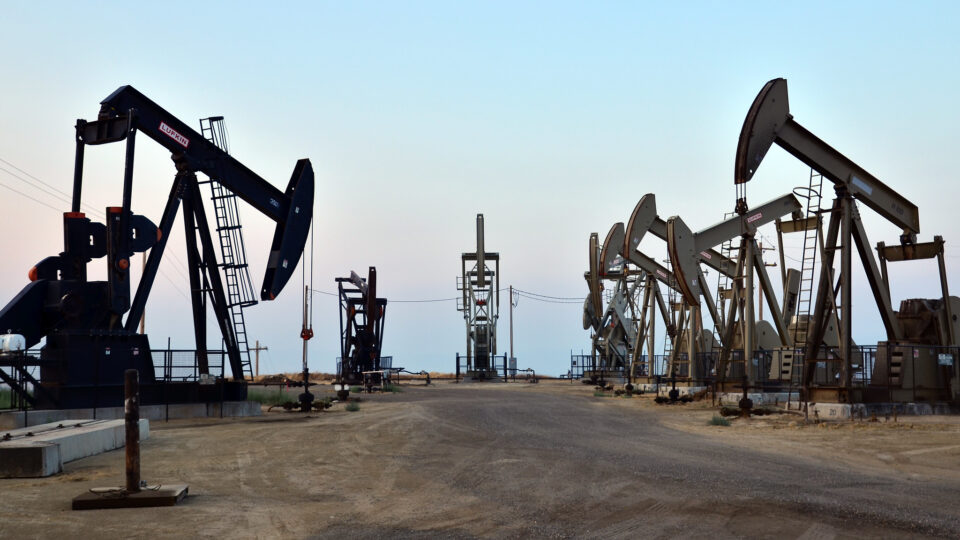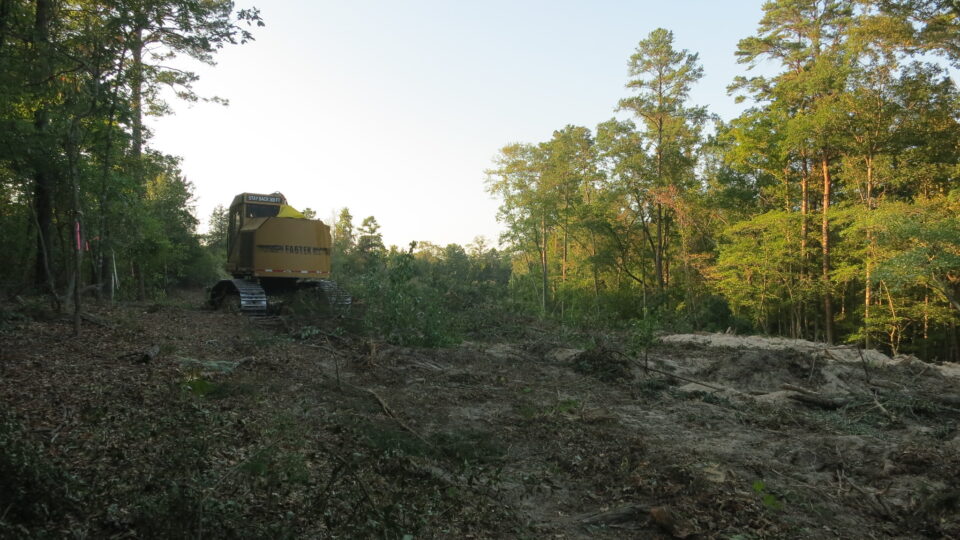At the end of June, the US Supreme Court upended 40 years of legal precedent in a ruling that sharply limited the regulatory authority of federal agencies. The so-called Chevron Deference doctrine stated that when a legislative delegation to an administrative agency on a particular issue or question was not explicit but rather implicit, a court may not substitute its own interpretation of the statue for a reasonable interpretation made by the administrative agency.
Under the new ruling, courts will have more power to interpret these statutes. Environmentalists fear that this decision could lead to hundreds of rules being weakened or even eliminated, particularly Environmental Protection Agency limits on air and water pollution, regulations on toxic chemicals, and policies to tackle climate change.
Conservative political organizations have been pushing for decades to roll back the government’s regulatory powers. The new ruling creates a massive opportunity for environmental regulations to be challenged, considering the proliferation of increasingly activist, right-leaning courts. In particular, climate regulations under the Clean Air Act are more susceptible to judicial reversal. The ruling shifts the power from the agencies to the courts.
The danger of this decision is that more Americans will suffer from the worse effects of climate change, air pollution, and other environmental harms that current government regulation protect against. Any time that the Court makes it harder for the government to regulate and easier for businesses to challenge regulations, it makes it more likely that industries will injure the public and the planet in search of profits. This is basic economics in action.
**********
Web Links
A Seismic Supreme Court Decision
Photo, posted September 17, 2020, courtesy of Thomas Hawk via Flickr.
Earth Wise is a production of WAMC Northeast Public Radio



















